According to analyses by the Tecnocasa Group Research Office, residential property prices in Milan increased by 0.1% in the second half of 2023, bringing the overall annual growth to 0.3%.
Central areas like Garibaldi, Moscova, Porta Nuova and CityLife witnessed a 2.1% surge in values, being highly sought-after by domestic and international buyers looking to live, work and study in the city. Demand concentrated on spacious properties exceeding 200 sq.m, with multiple bedrooms, outdoor spaces and top floor units.
The highest prices, peaking at €15,000/sq.m for sales, were recorded in the Porta Nuova district. Some semi-central neighborhoods like Lambrate, Navigli and Famagosta experienced a slight price decline, partly attributable to the abundant supply of new constructions. However, the rental market remained vibrant, with average monthly rents of €1,500 for a two-room apartment in central zones. The Vercelli-Lorenteggio macro-area saw a 1.6% price hike, fueled by growth in Lorenteggio-Frattini and Tolstoj. The Lodi-Corsica area witnessed a 1% increase, propelled by ongoing works for the Olympic Village development. Modest declines were observed in the Bovisa-Sempione (-0.7%), Central-Station (-1.6%) and Navigli (-0.5%) macro-areas, with varying trends across different neighborhoods. The Bovisa district was bolstered by the Scalo Farini redevelopment project.
Prices remained largely stable in the Città Studi-Indipendenza area, with localized increases along Viale Abruzzi and Corso Buenos Aires. Rental demand remained robust, driven by students and non-resident workers. In summary, Milan’s real estate market experienced modest yet consistent growth in 2023, underpinned by the central areas and large residential units, while exhibiting heterogeneous dynamics across various semi-central neighborhoods.
Source: Monitor Immobiliare
Photo: CityLife Residences



